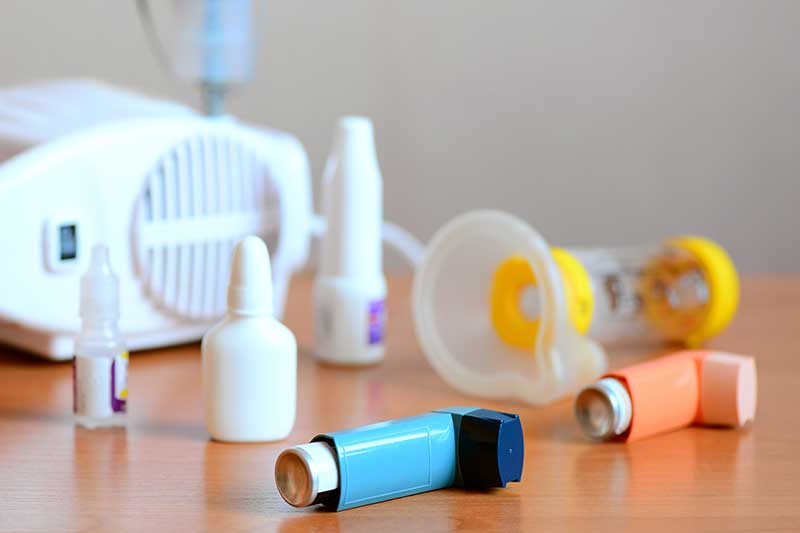New research suggests that getting enough sleep is crucial for good respiratory health. Asthma and other airway diseases appear to be consequences of insomnia.
One in 10 children and one in 12 adults have asthma, a respiratory disease that can be fatal if left untreated. People with asthma suffer chronic inflammation of their airways that can severely compromise or even stop breathing. A new study has found that sleep and asthma may actually be linked, with people who have insomnia suffering from asthma three times as often as those who sleep well. Asthma and other chronic airway diseases may be one of the many consequences of insomnia.
Links Between Asthma and the Circadian Rhythm
People with insomnia have trouble falling asleep, staying asleep or otherwise struggle to get the high-quality restorative sleep that we need to be healthy. Up to half of all people in the Western world suffer from insomnia at some point in their lives. However, a smaller percentage have chronic insomnia, in which the struggle to get sleep is an ongoing concern and not a temporary problem. This can have devastating consequences, which includes a higher risk of developing asthma.
Researchers looked at almost 20,000 people, including people who struggled from various degrees of insomnia and those who slept well. Those who had chronic insomnia—defined as trouble falling or staying asleep—for 10 or more years, had a higher risk of developing asthma. The chance of developing asthma increased with the severity of the insomnia; people who had symptoms almost every night in this 10-year period had a 92 percent chance of developing this airway disease.
Asthma and Airway Disease: Consequences of Insomnia?

More deadly asthma attacks occur late at night and early in the morning than at any other time. Could poor sleep be exacerbating asthma? More study will be needed in this area, but it appears that insomnia is a more life-threatening issue for people with chronic airway disease than we previously realized. By treating insomnia more effectively, doctors may be able to prevent some of the more serious attacks that occur at night.
Chronopharmacology: Hope for Asthma Sufferers
How can this information be used to improve human health? First, it is very important to take insomnia seriously as a major risk factor for several different types of life-threatening disease. Multiple studies have shown that the consequences of insomnia extend far beyond a few sleepless nights.
Second, chronopharmacology may show a great deal of promise in the treatment of asthma and other airway disease. Chronopharmacology is the science of timing medications and treatments so they are more effective. While we once believed that most treatments would be effective regardless of when they were taken, new research suggests that working with our innate biological clocks may be more effective. For example, people who have asthma often take steroids and other immune-suppressing drugs to keep down inflammation in their airways. Taking these medications just before bed may prevent attacks when they are likely to be most severe. Similarly, taking drugs such as albuterol at night may keep airways more open at a time when this is a serious concern.
Insomnia and asthma both can be difficult diseases to treat. Even with the multitude of drugs on the market to treat airway disease, doctors still often struggle to find the combination that will allow their patients to breathe easily. Learning more about the connection between these two disorders may lead to new and innovative treatments that allow more people to get the rest and fresh air that we need to survive.







